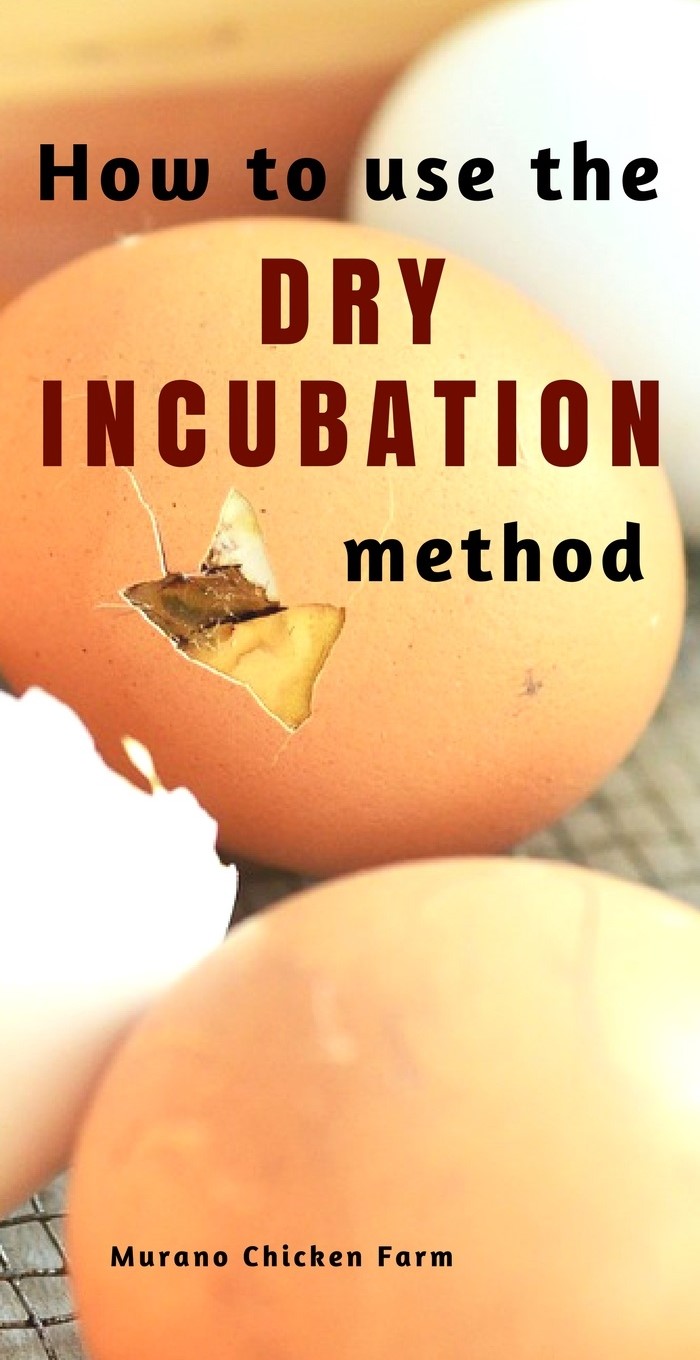Duck incubation humidity plays a crucial role in the successful hatching of duck eggs. The right humidity levels ensure that the eggs develop properly and hatch successfully. In this article, we will delve into the intricacies of humidity control in duck incubation, providing you with expert insights and practical tips to enhance your hatching success rate.
This guide will cover everything you need to know about duck incubation humidity, including how to measure it, the ideal humidity levels at various stages of incubation, and the consequences of incorrect humidity levels. Whether you are a beginner or an experienced breeder, this article will equip you with the information needed to ensure a successful hatching experience.
Table of Contents
- Understanding Humidity in Incubation
- Ideal Humidity Levels for Duck Incubation
- Measuring Humidity Accurately
- Consequences of Incorrect Humidity Levels
- Humidity Control Techniques
- Common Mistakes in Humidity Management
- Expert Tips for Successful Duck Incubation
- Conclusion
Understanding Humidity in Incubation
Humidity is defined as the amount of water vapor present in the air. In the context of duck incubation, maintaining the right humidity levels is essential for the proper development of the embryos inside the eggs. Ducks, like other birds, require specific environmental conditions to ensure that their eggs develop correctly. The humidity can influence the moisture loss from the eggs, which is crucial for the health of the developing ducklings.
During incubation, eggs lose moisture through their porous shells. If the humidity is too low, the eggs may lose too much moisture, leading to dehydration of the embryos and potentially resulting in poor hatch rates. Conversely, excessively high humidity can prevent proper gas exchange within the egg, which can also harm the developing embryos.
Factors Influencing Humidity Levels
Several factors can influence the humidity levels during duck incubation:
- Type of incubator used
- Ambient temperature and humidity
- Number of eggs in the incubator
- Ventilation conditions
Ideal Humidity Levels for Duck Incubation
The ideal humidity levels for duck egg incubation vary depending on the stage of incubation:
- Days 1-25: The recommended humidity level is between 50-55%. This range supports proper embryonic development and prevents excessive moisture loss.
- Days 26-28: As the hatching date approaches, the humidity level should be increased to around 70-75%. This higher humidity helps soften the eggshell, making it easier for the ducklings to break free during hatching.
Importance of Monitoring Humidity
Monitoring humidity levels throughout the incubation process is crucial for ensuring successful hatching. Use reliable hygrometers to measure humidity accurately and make adjustments as needed to maintain the ideal levels.
Measuring Humidity Accurately
Accurate measurement of humidity is essential for successful duck incubation. There are various instruments available for measuring humidity, including:
- Analog Hygrometers: These are traditional devices that provide a simple reading of humidity levels.
- Digital Hygrometers: More advanced and reliable, digital hygrometers often come with features such as temperature readings and data logging.
- Humidity Sensors: These devices can be integrated into more sophisticated incubation systems, providing real-time data and alerts for humidity changes.
Best Practices for Measuring Humidity
To ensure accurate measurements:
- Calibrate your hygrometers regularly.
- Place hygrometers away from direct heat sources or drafts.
- Check readings multiple times a day for consistency.
Consequences of Incorrect Humidity Levels
Failure to maintain the correct humidity levels during duck incubation can have serious consequences:
- Low Humidity:
- Increased moisture loss can lead to dehydration of embryos.
- Ducklings may become shrink-wrapped in the shell, making it difficult to hatch.
- High Humidity:
- Prevents proper gas exchange, risking embryo suffocation.
- Can lead to bacterial growth and egg spoilage.
Humidity Control Techniques
To maintain ideal humidity levels, consider the following techniques:
- Use water trays or sponges in the incubator to increase humidity.
- Adjust the ventilation settings to control airflow and humidity levels.
- Regularly monitor and refill water sources as needed.
Using Natural Methods
Some breeders prefer natural methods, such as placing a damp cloth in the incubator or using a wet sponge. While these methods can be effective, they require constant monitoring to avoid fluctuations in humidity levels.
Common Mistakes in Humidity Management
Even experienced breeders can make mistakes when managing humidity. Here are some common pitfalls to avoid:
- Neglecting regular humidity checks.
- Refraining from adjusting humidity levels as the incubation progresses.
- Overcrowding the incubator, which can affect humidity distribution.
Learning from Experience
Every incubation experience is a learning opportunity. Pay attention to the outcomes of each hatch and adjust your methods accordingly for future incubations.
Expert Tips for Successful Duck Incubation
To enhance your chances of a successful hatch, consider these expert tips:
- Invest in a quality incubator with reliable humidity and temperature controls.
- Keep a detailed log of your incubation conditions and outcomes for future reference.
- Join online forums or local clubs for duck breeders to share experiences and advice.
Conclusion
Maintaining the right duck incubation humidity is essential for ensuring successful hatching. By understanding the ideal humidity levels, measuring accurately, and employing effective control techniques, you can significantly improve your hatching outcomes. Remember to learn from each experience, as each hatch provides valuable insights that can refine your methods.
If you found this article useful, please leave a comment below, share it with fellow duck enthusiasts, or explore other resources on our site to enhance your knowledge further.
References
- National Poultry Improvement Plan. (2020). Guidelines for Incubation.
- American Poultry Association. (2021). The Importance of Humidity in Incubation.
- Smith, J. (2019). Best Practices for Duck Breeding. Poultry Science Journal.




